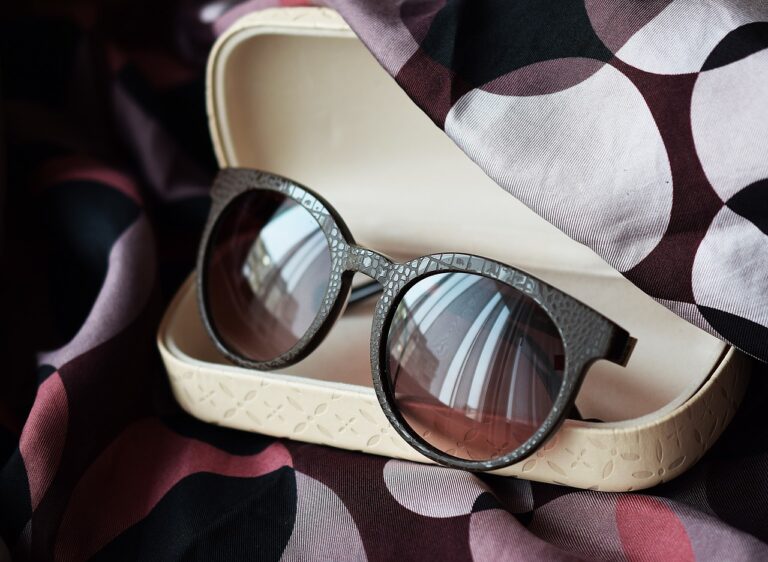How to Shop for Fair Trade Clothing
diamond exchange 9, sky99exch, reddybook:Shopping for fair trade clothing is more important now than ever before. With the rise of fast fashion and its negative impact on both people and the planet, it’s crucial to support brands that prioritize ethical practices and sustainable production. But navigating the world of fair trade fashion can be overwhelming, with so many options and considerations to keep in mind. In this guide, we’ll walk you through everything you need to know about shopping for fair trade clothing, from understanding what fair trade means to how to find and support ethical brands.
What is Fair Trade Clothing?
Fair trade clothing refers to garments that are produced in an ethical and sustainable manner. This typically involves paying fair wages to workers, ensuring safe working conditions, and using eco-friendly materials and manufacturing processes. By purchasing fair trade clothing, you are supporting brands that prioritize people and the planet over profit.
How to Identify Fair Trade Clothing
When shopping for fair trade clothing, it’s essential to look for certifications that indicate a brand’s commitment to ethical practices. Some of the most well-known fair trade certifications include Fair Trade Certified, GOTS (Global Organic Textile Standard), and OEKO-TEX Standard 100. These certifications ensure that the clothing you purchase meets strict social and environmental standards.
Tips for Shopping for Fair Trade Clothing
1. Research Brands: Before making a purchase, take the time to research brands that prioritize fair trade practices. Look for information on their website about their sourcing and production methods, as well as any certifications they hold.
2. Check Labels: When shopping in-store, look for labels that indicate a garment is fair trade certified. If you’re shopping online, be sure to read product descriptions and look for any fair trade logos or information.
3. Shop Secondhand: Another way to support fair trade practices is to shop for secondhand clothing. By purchasing gently used garments, you’re extending the life of existing products and reducing the demand for new, potentially unethical items.
4. Attend Local Markets: Local markets and craft fairs are great places to find unique fair trade clothing from independent designers and artisans. These events often showcase one-of-a-kind pieces that are made with care and attention to detail.
5. Ask Questions: Don’t be afraid to ask questions about a brand’s production process and sourcing practices. A reputable fair trade brand will be transparent about their operations and happy to provide information to concerned consumers.
6. Consider Price: While fair trade clothing may be slightly more expensive than fast fashion alternatives, remember that you’re investing in quality garments and supporting ethical practices. Consider the long-term value of your purchase rather than just the immediate cost.
7. Support Local Designers: If possible, seek out fair trade clothing from local designers and artisans. By supporting local businesses, you can help strengthen your community and reduce the carbon footprint of your wardrobe.
FAQs
Q: What is the difference between fair trade clothing and sustainable fashion?
A: While fair trade clothing focuses on ethical labor practices, sustainable fashion encompasses a broader range of environmental and social considerations, such as reducing waste and using eco-friendly materials.
Q: Are fair trade clothing brands limited to specific types of garments?
A: No, fair trade clothing brands produce a variety of garments, including shirts, pants, dresses, and accessories. You can find everything from basic wardrobe staples to statement pieces from ethical brands.
Q: How can I know if a brand is truly committed to fair trade practices?
A: Look for certifications from reputable organizations, such as Fair Trade Certified or GOTS. You can also research a brand’s reputation and read reviews from other consumers to gauge their commitment to fair trade principles.
Q: Is fair trade clothing only available online?
A: No, fair trade clothing can be found both online and in stores. Many ethical brands have brick-and-mortar locations, and local markets and craft fairs often feature fair trade clothing from independent designers.
Q: Can I return fair trade clothing if I’m not satisfied with my purchase?
A: Most fair trade brands have return and exchange policies similar to traditional retailers. Be sure to check a brand’s return policy before making a purchase to ensure you understand their terms.
In conclusion, shopping for fair trade clothing is a powerful way to make a positive impact on the fashion industry and support ethical practices. By following these tips and guidelines, you can build a wardrobe that not only looks good but also does good for people and the planet. Remember to do your research, ask questions, and prioritize brands that share your commitment to fair trade principles. Let’s all work together to create a more sustainable and ethical fashion industry for everyone.







